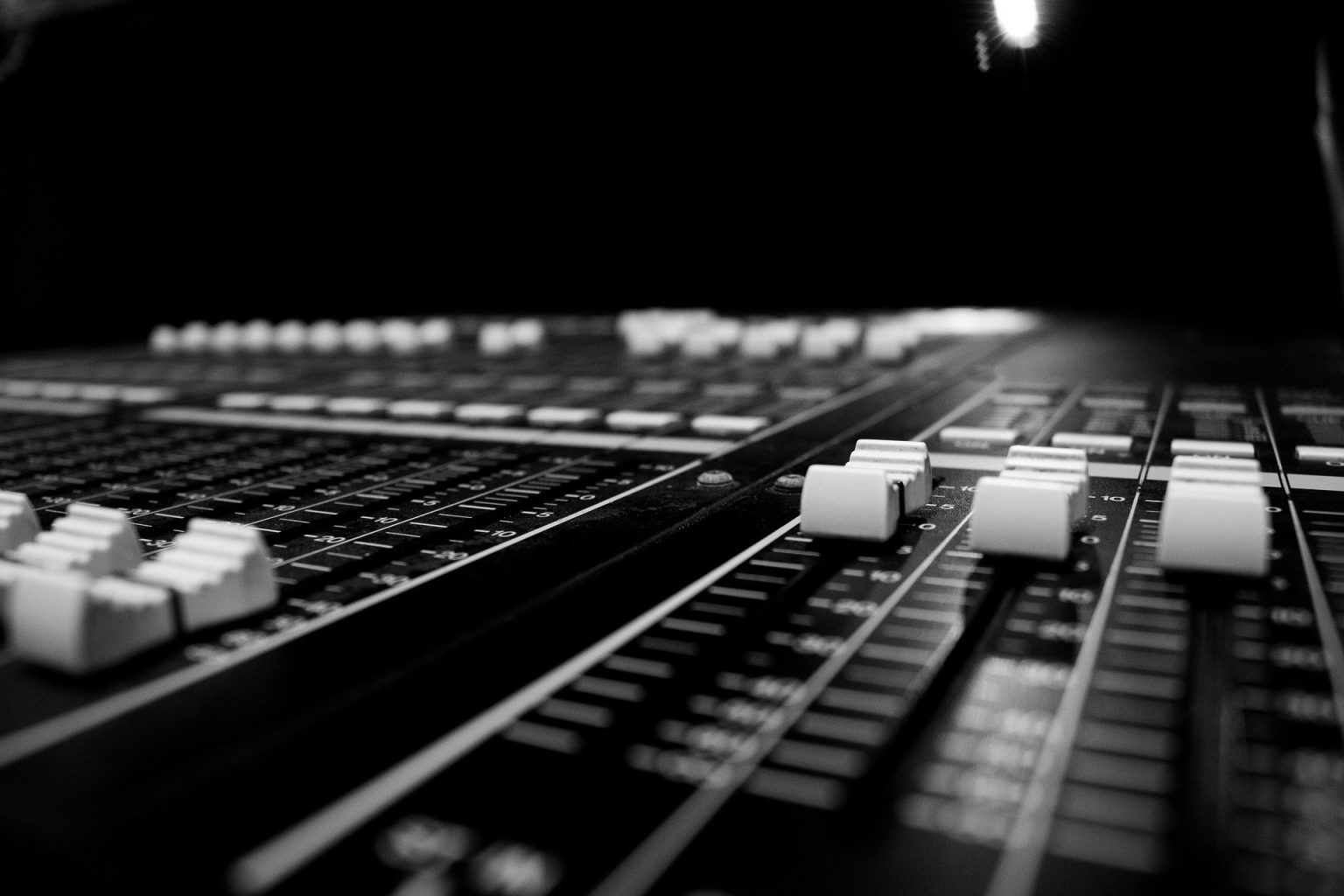We’ve looked at music theory and synthesis so far. Now let’s look at mixing. Music producer and mix engineer used to be two completely different jobs. In fact, in traditional music, many people worked together to create an album. A songwriter would compose melodies and chord progressions while a lyricist would write the words, band members then created their parts and worked on the song arrangement. The band would then look for a studio where they worked with a recording engineer and a music producer.
Back in the day
The traditional role of a music producer is like a manager. A music producer knew how to mold a song into a hit. He or she knew what was necessary to get a band from demo to full release. A producer was more like a manager with musical know-how.
After the song was recorded it would be handed off to a mix engineer who would work on all the separate tracks and mix them together to create a stereo master track. A mix engineer would use many tools such as EQ, compression, reverb, delay, distortion, and many other types of effects which we’ll talk about in the next part of this series about music production. The mixing engineer would do his best to get rid of unwanted frequencies to make sure the most important elements could be heard loud and clear.
After the mix was done the final stage was to sent it off to a mastering engineer who would deliver the final quality check before it went off to a vinyl or cd processing plant.
Jack of all trades
Nowadays, however, a music producer is promoted to do all of these jobs himself. Electronic music producers in particular. They create their own sounds, play, and record their own instruments, arrange, mix, and master all by themselves.
In the next article we’ll look at an overview of the different effects you can use while mixing.











